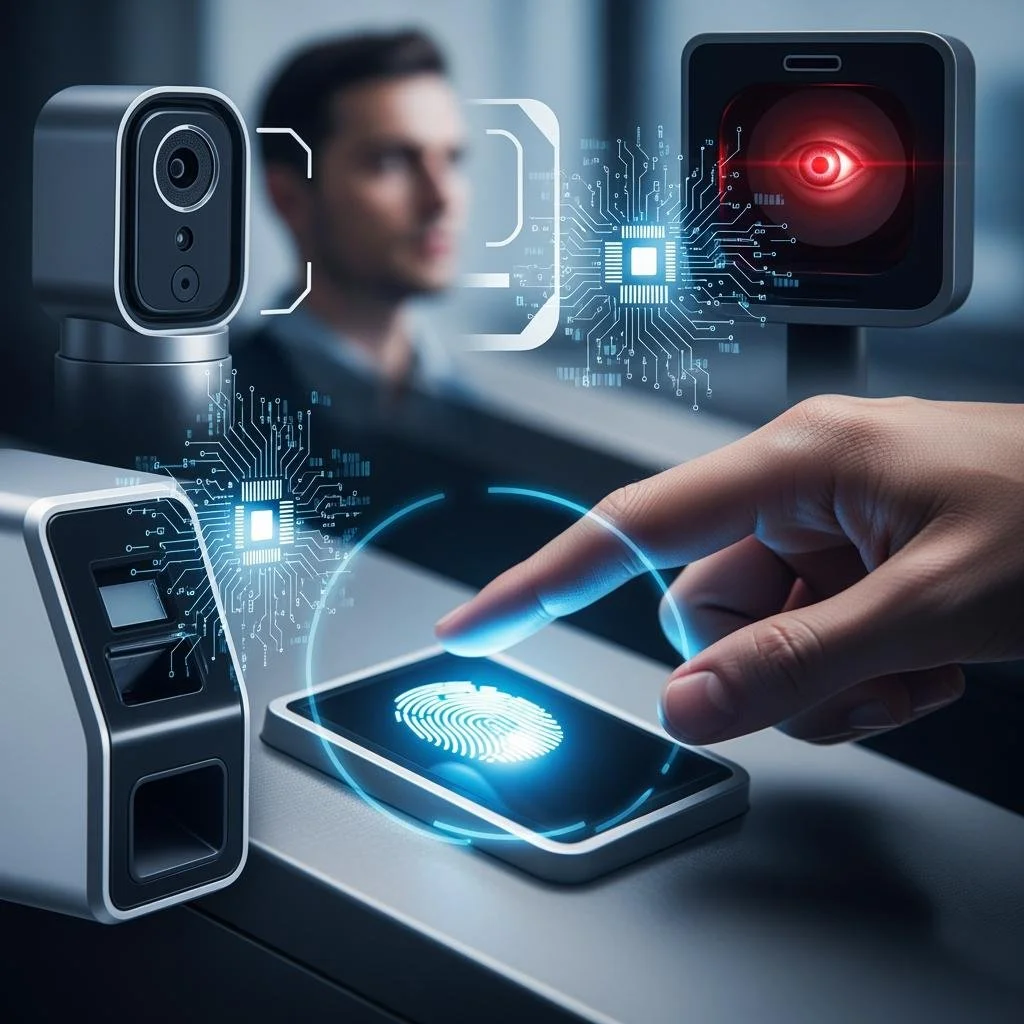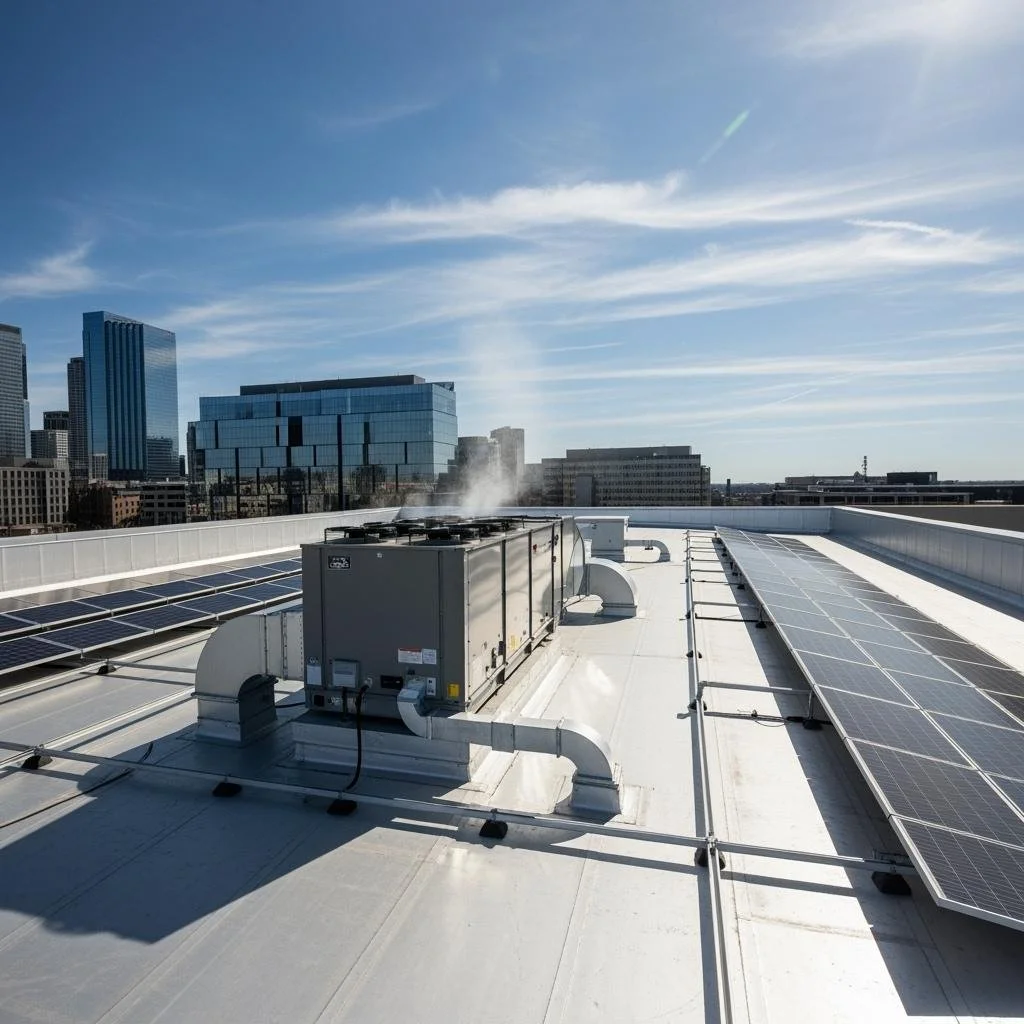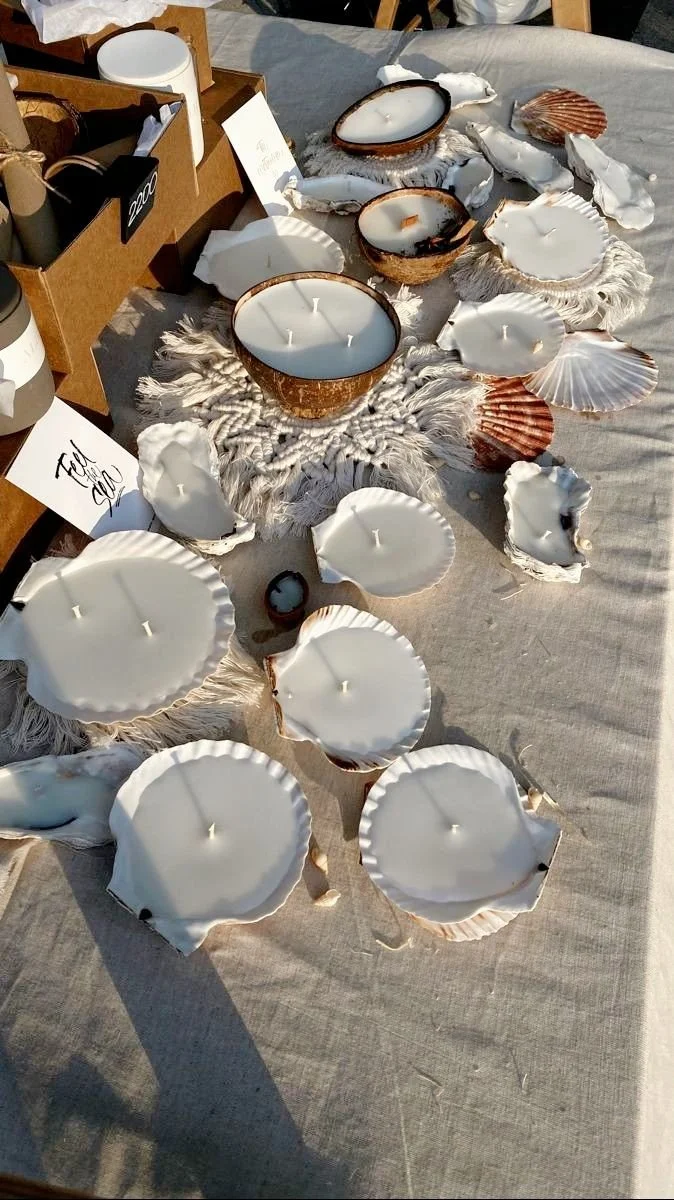What Asset Tokenization Means For Everyday Investors Today
You’ve likely heard the buzz—real estate, fine art, and even classic cars are being turned into digital tokens. But if you’re an everyday investor with a modest brokerage account, you might wonder: what does this mean for me?
The truth is, asset tokenization is more than just a tech trend—it’s a fundamental shift in how we access, own, and trade assets. By converting physical or intangible assets into blockchain-based tokens, tokenization opens doors that were once locked behind high capital requirements, limited liquidity, and geographic barriers.
Before diving in, it’s essential to understand the legal and technical foundations. This clear overview from an asset tokenization blockchain lawyer can help demystify the regulatory landscape. Once you grasp the basics, in this article, you’ll see how tokenization is reshaping the investment landscape for individuals like you—making it more inclusive, efficient, and transparent.
No. 1
Tokenization Basics Explained
Tokenization may sound abstract, but at its core, it’s simply a modern way to record and transfer ownership—much like a digital land deed.
From Paper Ledgers to Blockchains
Traditional asset registries are siloed, slow, and error-prone. Blockchains replace them with shared, tamper-resistant databases that update in real time and are accessible to all relevant parties.
How a Token Represents Value
A token is an on-chain entry that reflects ownership rights, similar to how a stock certificate represents equity in a company.
Smart Contracts Keep Score
Instead of relying on transfer agents or settlement clerks, programmable smart contracts automate rule enforcement, income distribution, and transaction recording.
Why Everyday Investors Should Care
Tokenization reduces minimum investment thresholds, allowing smaller portfolios to access high-value assets like real estate or fine art—once reserved for institutional investors.
No. 2
Mechanics Behind Digital Tokens
You don’t need to code to invest in tokens, but understanding their infrastructure helps you make informed decisions.
Token Standards: ERC-20, ERC-721, and ERC-1400 define how wallets, exchanges, and custodians interact with tokens.
Oracles: Services like Chainlink connect blockchains to external data (e.g., bond coupon dates or property appraisals).
Custody Models: Some issuers use qualified custodians; others create special-purpose vehicles to isolate assets from bankruptcy risks.
Compliance Layers: Real-time wallet screening ensures tokens comply with KYC, OFAC, and accredited investor rules.
Redemption Gates: Quality projects allow token holders to redeem for underlying assets or cash flows, proving the token isn’t just a digital placeholder.
Understanding these components helps you distinguish between credible projects and hype-driven vaporware.
No. 3
Token Categories Overview
Not all tokens are created equal. Misunderstanding their purpose can lead to poor investment decisions or regulatory trouble.
Payment and Stable Tokens
These tokens mirror fiat currencies and act as on-chain cash, offering instant settlement and shielding against crypto volatility.
Utility Tokens
Used to access software features or discounts, utility tokens don’t typically offer profit rights—think arcade tokens, not dividend stocks.
Security Tokens
These represent ownership in traditional assets like equity or debt and must comply with securities laws. They often include voting rights and profit-sharing.
Non-Fungible Tokens (NFTs)
Each NFT is unique, ideal for digital art, collectibles, or property deeds. Fractional NFTs allow broader access to high-value items.
Crypto.com
Ready to dive into the world of crypto? Sign up for Crypto.com today and get $25 to kickstart your journey!
No. 4
Tokenizable Asset Classes
Tokenization can be applied to nearly any asset, but some categories are advancing faster due to clear benefits in liquidity and access.
Real Estate
From commercial buildings to farmland, tokenized real estate allows investors to earn rental income without the headaches of property management.
Marketable Securities
Tokenized treasuries and money-market funds offer low-risk yield and 24/7 trading—ideal for crypto-native investors seeking stability.
Commodities
Gold, carbon credits, and lithium can be tokenized, audited, and used as collateral in decentralized finance (DeFi) platforms.
Intellectual Property
Royalties from music, film, or pharmaceuticals can be tokenized, turning future cash flows into tradable assets.
No. 5
Core Blockchain Infrastructure
The success of tokenized assets depends on the reliability of the underlying blockchain.
Public vs. Permissioned Chains
Public chains like Ethereum offer transparency but can be congested. Permissioned ledgers provide speed but must earn trust through governance.
Layer-Two Scaling
Rollups and sidechains reduce transaction costs, making small investments economically viable.
Interoperability Bridges
Protocols like CCIP and IBC allow assets to move across chains, expanding liquidity and reducing fragmentation.
Custodial Security
Multi-party computation (MPC) wallets and hardware modules protect private keys, preventing single points of failure.
No. 6
Real-World Case Studies
Tokenization isn’t just theory—it’s already reshaping markets:
Fractional Manhattan Condo: A midtown apartment raised renovation funds via 100,000 tokens, each offering rental income and appreciation.
Treasury-Backed Liquidity Pool: DeFi platforms invest in tokenized U.S. bills, earning yield while keeping collateral on-chain.
Green Bond on Hedera: A solar project issued tokens to retail investors, distributing returns via smart contracts.
Fine-Art Co-Ownership: A Warhol print was divided into 1,000 NFT shards, enabling global collectors to share ownership.
Invoice Financing DApp: Small businesses tokenize receivables, allowing individuals to earn bank-like returns.
These examples showcase faster settlements, broader investor access, and transparent financial reporting.
No. 7
Investor Entry Pathways
You don’t need to be a tech expert to get started—but choosing the right entry point is crucial.
Regulated Marketplaces
Platforms registered as Alternative Trading Systems (ATS) offer professional custody, audited issuers, and investor protections.
DeFi Protocols
These decentralized platforms offer 24/7 access but require investors to manage risks independently, including smart contract vulnerabilities.
Broker-Dealer Wallets
Some digital brokers integrate on-chain assets with traditional dashboards, offering a seamless experience.
Direct Issuer Portals
Buying directly from a project’s website may offer discounts but demands extra diligence on legal and escrow arrangements.
No. 8
Consumer vs. Security Offerings
Understanding the difference between consumer and security tokens is critical.
Consumer Tokens: Used for access or loyalty, these avoid investment language and are regulated under consumer protection laws.
Security Tokens: Offer profit-sharing or dividends, triggering disclosure, registration, or exemption filings under frameworks discussed by Fenwick’s RWA registration analysis.
Some projects issue both types—one for platform access, another for equity. Always read the fine print. When in doubt, assume any profit-sharing token is a security and demand audited financials, clear redemption terms, and legal compliance.
Regulations are evolving, and rules vary by country. Always consult local laws before investing.
No. 9
Settlement Cost Liquidity Gains
Tokenization isn’t just about digitization—it’s about efficiency.
T+0 Finality: Instant settlement frees up capital and improves trading flexibility.
24/7 Markets: Trade any time, reducing volatility and increasing control.
Programmatic Liquidity: Automated market makers ensure continuous pricing without human intermediaries.
Lower Fees: Smart contracts replace costly middlemen, saving investors money.
Global Reach: Anyone with internet access can invest, expanding the buyer pool and reducing illiquidity discounts.
These benefits allow even modest portfolios to access institutional-grade opportunities.
No. 10
Comparing Fractionalization Methods
Before tokens, fractional ownership existed through REITs, mutual funds, and partnerships; comparing models reveals why blockchains are poised to dominate.
Liquidity Windows: Listed funds trade during exchange hours, partnerships might lock investors for years, whereas tokens can be swapped at any second of any day.
Transparency Levels: Funds publish quarterly statements; blockchains expose real-time cap tables and transaction trails that auditors can verify instantly.
Fee Structures: Traditional vehicles layer management and performance fees; token markets compress costs to protocol spreads and minimal gas expenses.
Minimum Tickets: Partnerships may require $250,000 checks; tokens slice assets into $10 shares, welcoming broader socioeconomic participation.
Transfer Complexity: Paper assignments and notary stamps fade away when wallet signatures move ownership with cryptographic certainty.
While legacy vehicles remain valuable for certain tax or governance reasons, on-chain fractionalization sets a new benchmark that investors increasingly expect.
Takeaways
Asset tokenization is not just a buzzword—it’s a transformative force reshaping how we invest, own, and interact with assets. For everyday investors, it offers access to opportunities once reserved for the wealthy, enhanced liquidity, and lower transaction costs.
But with opportunity comes responsibility. Evaluate each project’s blockchain infrastructure, legal framework, and custodial safeguards. Diversify cautiously, stay informed on evolving regulations, and always have an exit strategy.
By understanding the mechanics and risks, you can confidently explore this new frontier—and potentially unlock a more inclusive, efficient future for your portfolio.
Looking for Business resources?
Are you seeking ways to elevate your business to new heights? Dive into the array of resources provided by our esteemed business partners designed to empower your ventures.































